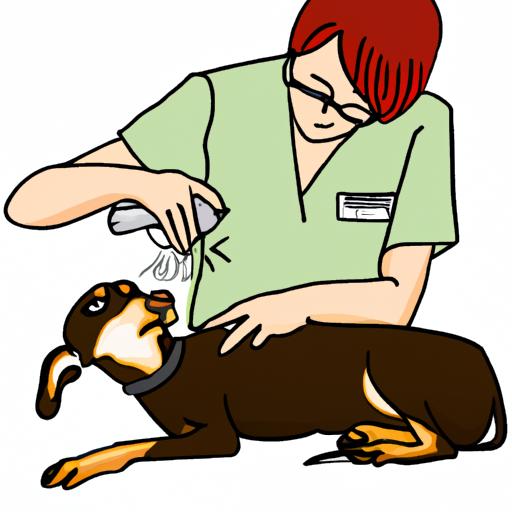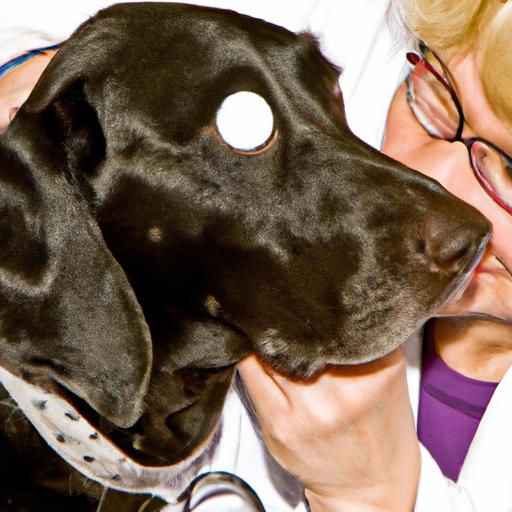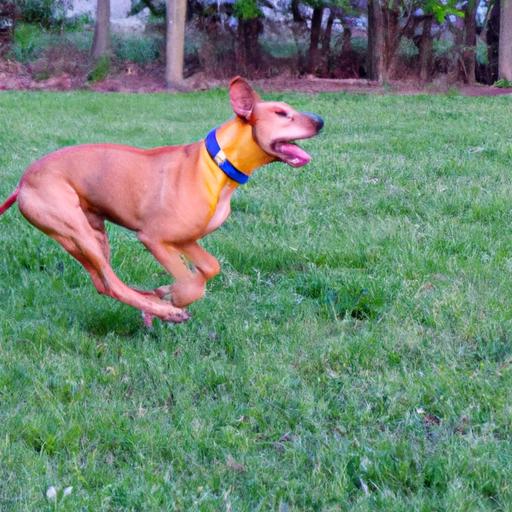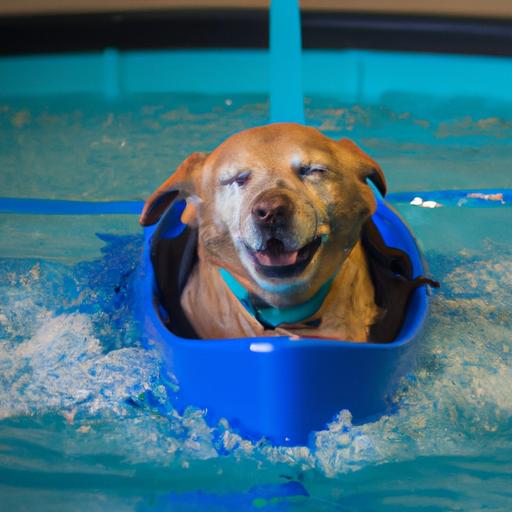
Managing Canine Osteoarthritis: Treatment Approaches
Discover effective treatment approaches for managing canine osteoarthritis. Learn about medications, non-pharmacological methods, and surgical interventions.
Introduction to Canine Osteoarthritis
Canine osteoarthritis is a common degenerative joint disease that affects our beloved furry friends. It occurs when the protective cartilage that cushions the joints wears down over time, leading to pain, stiffness, and reduced mobility. As responsible pet owners, it’s crucial to understand the treatment approaches available to manage this condition effectively.
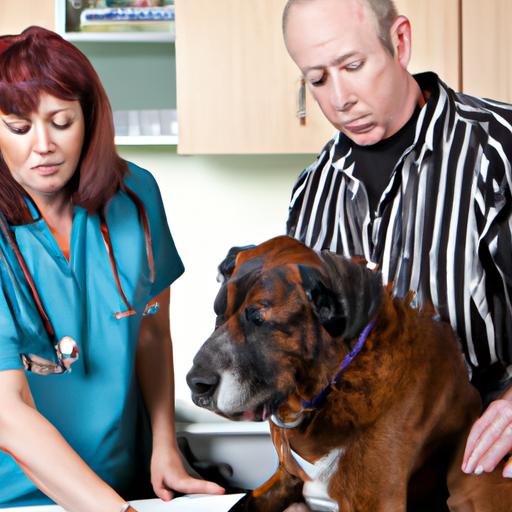
Treatment Approaches for Canine Osteoarthritis
Medication options for managing canine osteoarthritis
One of the primary ways to alleviate the discomfort caused by canine osteoarthritis is through medication. Non-steroidal anti-inflammatory drugs (NSAIDs) such as carprofen and meloxicam are commonly prescribed to reduce inflammation and relieve pain. These medications can significantly improve the quality of life for dogs with osteoarthritis.
Another class of medications called disease-modifying osteoarthritis drugs (DMOADs) aims to slow down the progression of the disease. DMOADs, such as polysulfated glycosaminoglycan (PSGAG) and pentosan polysulfate sodium (PPS), help maintain and repair the damaged cartilage in the joints.
Non-pharmacological methods for treating the condition
In addition to medication, several non-pharmacological approaches can be beneficial in managing canine osteoarthritis. Physical therapy and exercise tailored to each dog’s specific needs can help improve joint mobility, strengthen muscles, and reduce pain. Hydrotherapy, which involves controlled exercise in water, is particularly effective for dogs with joint issues as it reduces stress on the joints while providing resistance for muscle strengthening.
Weight management is also crucial for dogs with osteoarthritis. Excess weight puts additional strain on the joints, exacerbating the condition. A balanced diet and controlled portions can help maintain a healthy weight, reducing the burden on the affected joints.
Surgical interventions available for severe cases
In severe cases of canine osteoarthritis, surgical interventions may be necessary. Joint replacement surgery, such as total hip replacement or elbow replacement, can provide significant relief and restore mobility to dogs with advanced joint damage. Surgical procedures aim to reduce pain and improve the overall quality of life for dogs suffering from severe osteoarthritis.
Frequently Asked Questions about Canine Osteoarthritis
What are the common signs and symptoms of canine osteoarthritis?
Canine osteoarthritis manifests in various ways. Look out for signs such as stiffness, limping, reluctance to climb stairs or jump, difficulty rising from a lying position, and a decrease in overall activity levels. If you notice any of these symptoms, it’s essential to consult a veterinarian for a proper diagnosis.
How is canine osteoarthritis diagnosed?
Diagnosing canine osteoarthritis involves a combination of physical examinations, including joint palpation and range of motion assessments, as well as imaging techniques like X-rays or MRIs. Your veterinarian will evaluate the clinical signs, conduct diagnostic tests, and analyze the results to provide an accurate diagnosis.
Are there any breed-specific predispositions to developing the condition?
While canine osteoarthritis can affect any dog breed, certain breeds are more prone to developing the condition. Large and giant breeds, such as Labrador Retrievers and German Shepherds, are commonly affected due to their size and genetic factors. However, osteoarthritis can occur in dogs of any size or breed.
Can canine osteoarthritis be prevented?
While it may not be entirely preventable, there are measures you can take to reduce the risk of canine osteoarthritis. Providing a balanced diet, regular exercise, and maintaining a healthy weight can help lessen the strain on joints. Additionally, avoiding excessive jumping or high-impact activities, especially for at-risk breeds, can minimize the chances of developing osteoarthritis.
What are the potential complications of untreated osteoarthritis in dogs?
If left untreated, canine osteoarthritis can lead to severe complications and diminish your dog’s quality of life. Chronic pain, muscle atrophy, decreased mobility, and even behavioral changes can occur. It’s crucial to seek proper treatment and management to prevent these complications and ensure your furry friend enjoys a happy and pain-free life.
Conclusion
Effectively managing canine osteoarthritis is essential to ensure the well-being and comfort of our furry companions. By understanding the available treatment approaches, including medication, non-pharmacological methods, and surgical interventions, we can provide the necessary care to alleviate pain, improve mobility, and enhance the overall quality of life for dogs suffering from osteoarthritis. Remember, early diagnosis, proactive treatment, and a loving environment can make a world of difference for dogs with this condition.
So, let’s take the necessary steps to manage canine osteoarthritis and ensure that our four-legged friends can enjoy their lives to the fullest!
[NSAIDs]: Non-Steroidal Anti-Inflammatory Drugs
[DMOADs]: Disease-Modifying Osteoarthritis Drugs
[PSGAG]: Polysulfated Glycosaminoglycan
[PPS]: Pentosan Polysulfate Sodium



